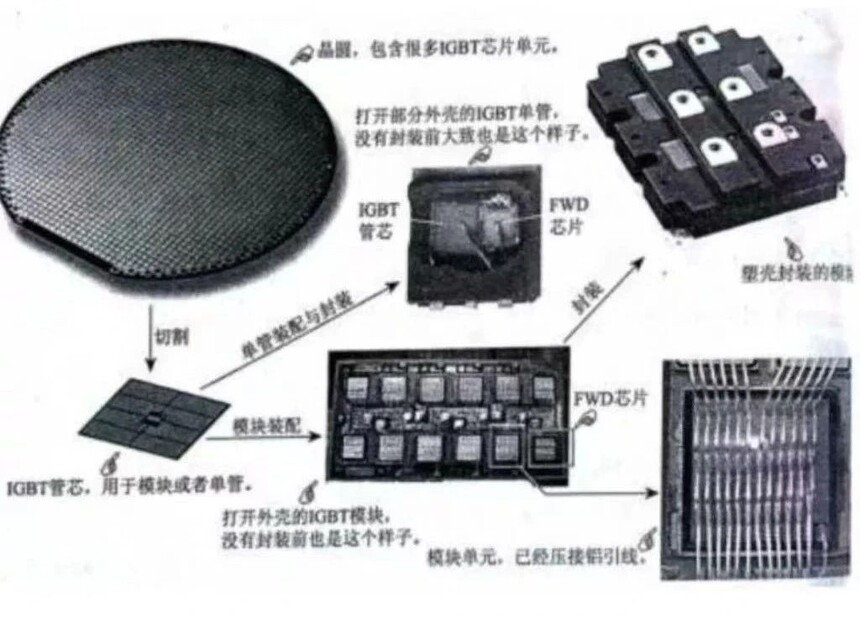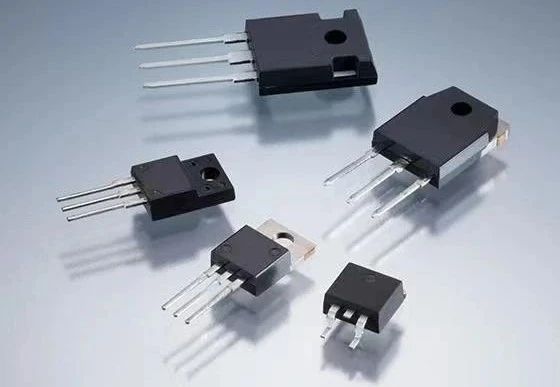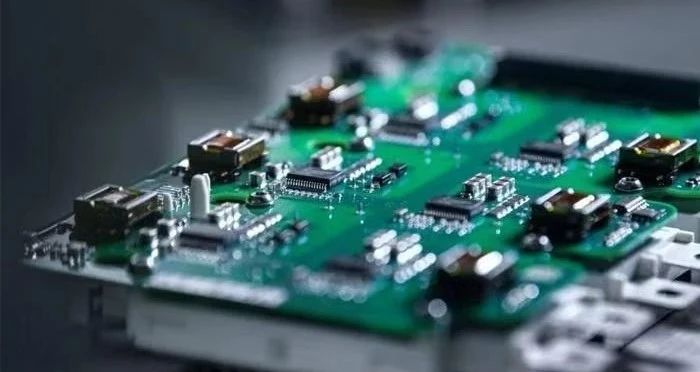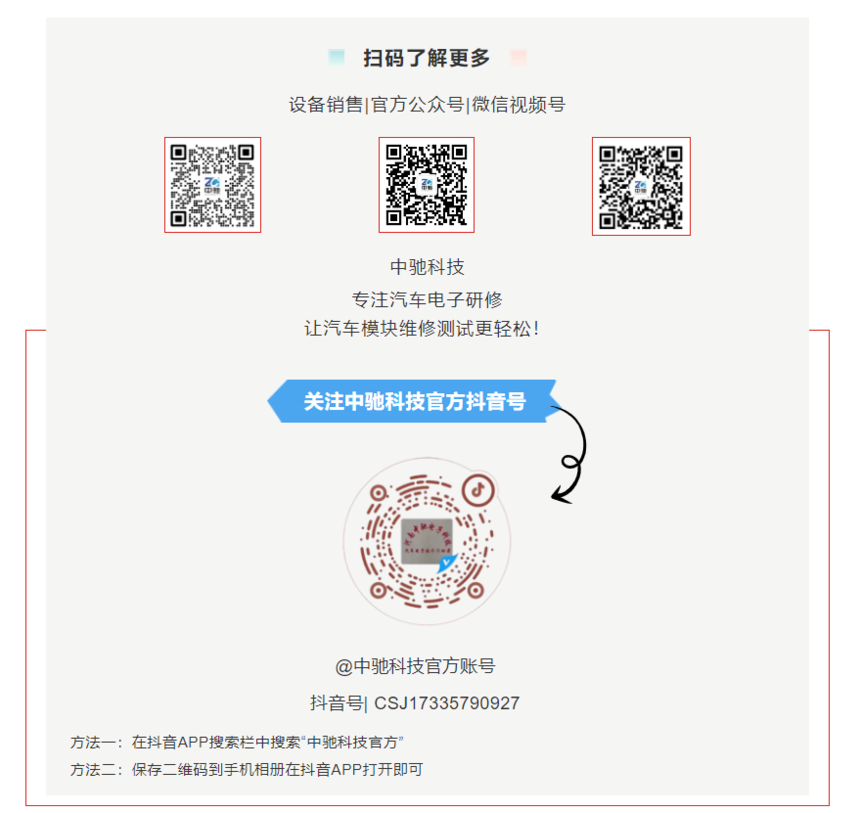The Heart of Future Cars: Unveiling the Ten Core Chips Driving Intelligent Cars

MCU
The microcontroller unit (MCU) is an essential component of automotive electronic systems, responsible for controlling and managing various functions and systems of the vehicle.

1. Engine control: MCU is used to control fuel injection, ignition timing, emission control, etc. to improve fuel efficiency and performance.
2. Vehicle electronic system: including window control, car lock, interior lighting, air conditioning system, etc. The MCU is responsible for executing user instructions and automatic control.
3. Safety systems: such as Anti lock Braking System (ABS), Traction Control, Electronic Stability Program (ESP), etc.
4. Information entertainment system: MCU controls functions such as audio, navigation, in car communication, touch screen, etc., providing entertainment and information needs for drivers and passengers.
5. Powertrain control: including transmission control, energy management for hybrid and electric vehicles, etc.
6. Chassis control: such as suspension control, four-wheel drive system, etc., MCU is responsible for improving the vehicle's handling and comfort.
7. Advanced Driver Assistance Systems (ADAS): MCU processes sensor data to achieve functions such as lane keeping, collision warning, and automatic parking.
8. Battery Management: In electric and hybrid vehicles, MCU is used to monitor and manage the status of the battery, ensuring battery safety and extending its lifespan.
SoC

1、 Key features of SoC:
1. Integration: SoC integrates multiple functional modules onto a single chip, including CPU, GPU, memory, input/output interfaces, etc.
2. Performance: SoC is typically used for applications that require high-performance computing, such as smartphones, high-end embedded systems, automotive electronics, etc.
3. Power consumption: Due to its high integration, SoC can reduce power consumption while maintaining high performance.
4. Customization: SoCs are usually customized according to specific application requirements to meet different performance and functional requirements.
5. Software dependency: SoCs typically require embedded software to implement their functionality, which requires software hardware co design.
2、 Application areas of SoC:
-Consumer electronics, such as smartphones, tablets, smartwatches, etc., SoC technology has been widely used, making devices thinner, more energy-efficient, and high-performance.
-Automotive electronics: With the development of automotive intelligence, SoC technology is required for on-board infotainment systems, auto drive system, safety control systems, etc.
-Internet of Things (IoT): In the field of IoT, SoC technology also plays an important role. IoT devices need to process various complex data, such as sensor data, video data, etc. The efficient integration capability of SoC enables IoT devices to quickly process data and achieve intelligence.
sensor chip
Automotive sensor chips are key components in automotive electronic systems, responsible for collecting information on vehicle status and external environment, and converting this information into electrical signals for vehicle control and monitoring. With the rapid development of automobiles towards electrification, intelligence, and networking, the types and quantities of automotive sensor chips are constantly increasing.
The main types of automotive sensor chips are:
1. Pressure sensor: used to monitor tire pressure, engine pressure, etc.
2. Position sensor: such as crankshaft position sensor, used to monitor the engine speed and position.
3. Temperature sensor: monitors engine coolant temperature, intake air temperature, etc.
4. Acceleration sensor: used for vehicle dynamic control, such as electronic stability program (ESP).
5. Angle sensor: monitors the tilt angle of the vehicle for navigation and stability control.
6. Flow sensor: monitors air flow and fuel flow.
7. Gas sensor: monitors the oxygen content in exhaust gas and is used for controlling the air-fuel ratio of the engine.
8. Liquid level sensor: monitors the fuel level in the fuel tank.
9. CIS (Contact Image Sensor): Used for in car cameras, providing image capture functionality.
10. LiDAR: used for autonomous vehicle to provide high-precision 3D environment perception.
11. Millimeter wave radar: used for autonomous vehicle to provide long-distance object detection and speed measurement.
12. MEMS (Micro Electro Mechanical Systems): Micro Electro Mechanical Systems sensors used to monitor the dynamic behavior of vehicles, such as acceleration and angular velocity.
Power Semiconductor
Automotive power semiconductors are key components in the development of automotive electrification and intelligence, mainly used for electrical energy conversion and circuit control, such as power conversion, power amplification, power switching, line protection, inversion, and rectification.
Main types and applications:



Storage chip
Main types and applications of storage chips
1. DRAM: Used to store temporary data during the operation of vehicle systems, such as in car infotainment systems, ADAS (Advanced Driver Assistance Systems), and V2X communication. DRAM is a volatile memory, which means data will be lost when the power is turned off.
2. NAND Flash: Used to store non-volatile data such as vehicle firmware, map data, user settings, etc. NAND flash memory can maintain data without loss even after the power is turned off.
3. SRAM (Static Random Access Memory): It is much faster than NAND and DRAM, but has a higher cost and is usually integrated into CPU, GPU, and SoC chips.
4. MRAM (Reluctance Random Access Memory): As a new storage technology, MRAM has the characteristics of high-speed read and write, low power consumption, and non-volatile, and is suitable for high-speed cache memory in automotive SoCs.
5. EEPROM (electrically erasable programmable read-only memory): used to store calibration parameters and configuration information of vehicles, usually used throughout the entire lifecycle of the vehicle.
6. FRAM (Ferroelectric Random Access Memory): It has the characteristics of high read and write durability, fast write speed, and low power consumption, and is suitable for applications such as airbag data storage and accident data recorders.
communication chip
Automotive communication chips are key components for achieving communication inside and outside the vehicle, responsible for handling data exchange between the vehicle and external devices such as other vehicles, infrastructure, networks, etc. With the development of intelligent connected vehicles, the role of automotive communication chips is becoming increasingly important.
1. V2X communication: V2X (Vehicle to Everything) technology allows vehicles to communicate with other vehicles (V2V), infrastructure (V2I), pedestrians (V2P), and networks (V2N). V2X communication chips need to have high reliability and low latency characteristics to ensure fast transmission of real-time data. It is crucial to improve road safety, enhance traffic efficiency, and achieve autonomous driving.
2. In car network: With the evolution of automotive electronic and electrical architecture, in car networks have become increasingly complex. Automotive communication chips need to support high bandwidth, low latency network connections to handle data exchange between a large number of sensors and control units inside the vehicle. Vehicle Ethernet technology is evolving towards high bandwidth and multi port to meet the demands of future electronic/electrical architectures.
3. 5G and 6G communication: 5G and future 6G technologies will provide cars with higher data transmission rates and lower latency, which is crucial for real-time traffic information updates, high-definition map downloads, and remote monitoring and control functions. The communication chip needs to support these advanced communication standards to achieve high-speed Internet access of vehicles.
4. Network security: As vehicles increasingly rely on network connections, network security has become an important consideration in the design of automotive communication chips. Communication chips need to integrate encryption and security functions to protect vehicles from hacker attacks and data leaks.
security chip
The main functions of automotive safety chips are:
1. Encryption and security authentication: The security chip integrates cryptographic algorithms internally, which can encrypt vehicle communication and ensure the security of data transmission. At the same time, it can also provide identity verification function to ensure that only authorized devices and users can access the vehicle system.
2. Hardware Security Module (HSM): HSM is a computer device used to protect and manage keys and sensitive data used by strong authentication systems. In automotive applications, HSM can be used to store key information of vehicles and provide related cryptographic operations such as signature and verification.
3. Secure boot and update: Security chips can be used to achieve secure boot, ensuring that vehicle software is not tampered with during startup. In addition, it can also support secure software updates (OTA) to protect the integrity and authenticity of data during the update process.
4. Defense against hacker attacks: The design of automotive security chips has mechanisms to prevent various hacker attacks, including active attacks (such as fault injection) and passive attacks (such as side channel attacks). These chips protect vehicles from unauthorized access and tampering through hardware level security measures.
5. Meet automotive regulatory standards: Automotive safety chips need to meet strict automotive regulatory standards, such as AEC-Q100, as well as functional safety standard ISO 26262. These standards ensure the reliability and durability of chips in harsh environments such as extreme temperatures, vibrations, and electromagnetic interference.
Driver chip
Main types and applications of driver chips
1. Gate drive chip: used to control the switch of the motor to ensure stable operation of the motor.
2. Motor drive chip: responsible for driving and controlling the motor, it is the core of the electric vehicle power system.
3. High and low edge switch chip: used to control high and low edge switches in cars, such as window lifting, seat adjustment, etc.
4. LED driver chip: controls the brightness and color of LED lights to enhance the lighting effect of cars.
5. Audio driver chip: responsible for amplifying and processing audio signals to enhance the performance of the audio system.
PMIC
Power management chip functions:
1. AC/DC converter: used to convert alternating current (AC) to direct current (DC), commonly found in charging stations and car chargers.
2. DC/DC converter: used to convert one DC voltage into another DC voltage, widely used in automotive intelligent cabins, motor controllers, on-board chargers, etc.
3. LDO (Low Dropout Regulator): Provides a stable low-voltage power supply, commonly used to power microcontrollers and sensors in automobiles.
4. Driver chip: used to drive loads such as motors and LED lighting, ensuring their stable operation under various working conditions.
5. Battery Management IC (BMIC): including AFE (Analog Front End) chip, responsible for monitoring the voltage and temperature of battery cells, as well as estimating the battery status.
Isolation chip
Automotive isolation chip is a key component in automotive electronic systems, used to ensure the safety of signal transmission between strong and weak circuits. The main function of an isolation chip is to achieve electrical isolation between the input and output terminals, in order to prevent high voltage or strong current from causing damage to low voltage or weak current circuits, while also protecting personnel safety.
The main types of isolation chips are:
1. Digital isolation chip: The most basic isolation device used to protect the transmission of digital signals between strong and weak electrical circuits.
2. Isolation interface chip: usually used in high-voltage fields, such as applications exceeding 48V. Combining the functions of digital isolators and interface chips to ensure the safe transmission of signals in high-voltage environments.
3. Isolation driver chip: used to drive high-power devices such as motors and frequency converters, while ensuring the safety of signal transmission.
4. Isolation sampling chip: used to sample high voltage or current signals and isolate and transmit these signals to microcontrollers or other processing units.
Application areas of isolation chips:
-On board charger (OBC): used in the charging system of electric vehicles to ensure electrical safety during the charging process.
-Battery Management System (BMS): monitors the status of the battery, including voltage, current, and temperature, to ensure the safety and performance of the battery.
-Motor control: In the motor control system of electric vehicles, isolation chips are used to protect control signals and prevent high-voltage interference.
-CAN/LIN bus communication: In the internal network of automobiles, isolation chips are used to ensure the safe transmission of communication signals.
Do you want to learn more about the cutting-edge information of automotive technology?

推薦
-

-

QQ空間
-

新浪微博
-

人人網
-

豆瓣

